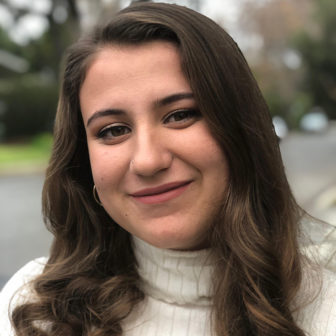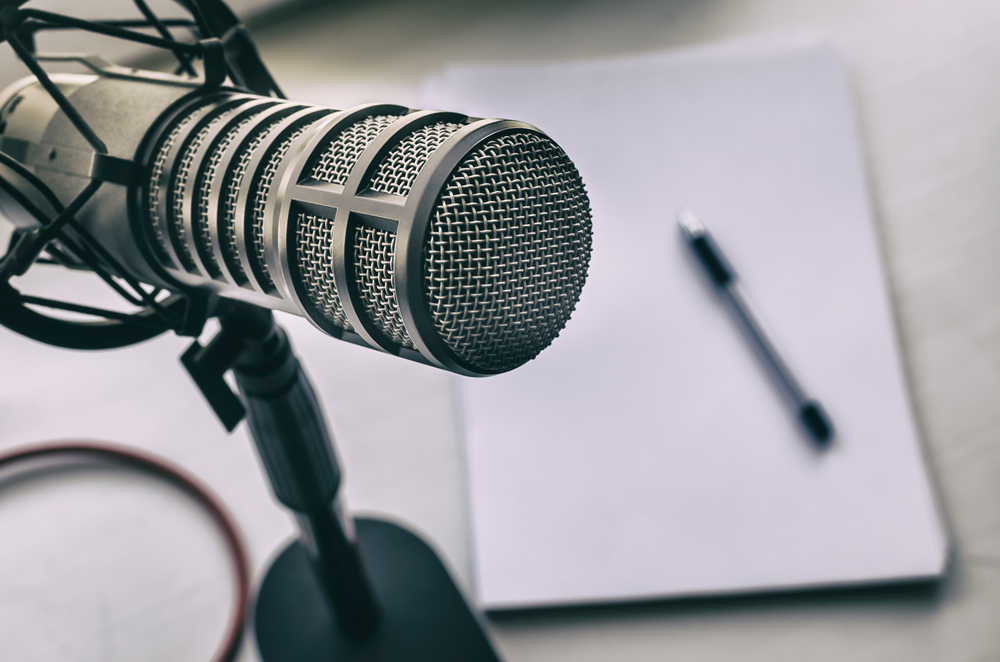![]() If people lack a sense of connection to a social issue, it is unlikely they will aid in the fight for change. For this reason, when it comes to vulnerable and underrepresented communities, the need for authentic storytelling and a platform to share their stories is heightened. It is an essential and yet, oftentimes overlooked, step in the process of reform and social change.
If people lack a sense of connection to a social issue, it is unlikely they will aid in the fight for change. For this reason, when it comes to vulnerable and underrepresented communities, the need for authentic storytelling and a platform to share their stories is heightened. It is an essential and yet, oftentimes overlooked, step in the process of reform and social change.
The human narrative continues to be a crucial aspect of creating social change within our communities. It’s an ancient art form and, as the digital era evolves, storytelling increasingly shifts to a digital medium, reaching broader audiences than ever before. Time and again it serves as an empathy builder and a connection between the general public and social issues worldwide.

Aisha Chabane
Among the most well-known examples of modern storytelling is the photoblog series, Humans of New York. The concept is simple: Interviewer and photographer Brandon Stanton embarks on a journey through the streets of New York City armed with only a camera and the question, “What is your struggle?” His raw and candid photos along with quotes from the people on the other side of the lens draw millions of readers daily.
The series expands to share the stories of underrepresented individuals, including people incarcerated in U.S. prisons and Syrian refugees in Jordan and Turkey. In this powerful example, storytelling pushed people to make a difference by donating over $300,000 for Syrian refugees and caught the attention of powerful leaders like former President Barack Obama. Similarly, the Marshall Project’s “Life Inside” series publishes the writing of justice-involved people to give readers an inside look at the everyday lives of those within the confines of the American prison system.
Audio melted my disconnect
When I began my internship at the Center on Juvenile and Criminal Justice (CJCJ), like many members of the public, I did not have a comprehensive understanding of the injustices facing justice-involved youth. I remember reading through pamphlets and articles. Although the data was shocking, I felt a disconnect between myself and the numbers. As someone who had only briefly come in contact with the system, it was when I listened to audio recordings of justice-involved youth sharing their stories that I felt a real connection to the issue and a deepened desire to aid in the fight for reform. These stories inspired me and gave me an inside look at the ways that California's state youth correctional system, the Division of Juvenile Justice (DJJ), fails the state's highest-needs youth and silences their voices.
Reformers must create a more open and honest dialogue between the general public and those affected by the juvenile justice system by creating ethical and respectful platforms for youth to share their stories, allowing youth voices to lead the conversation.
A new CJCJ report uplifts the voices of youth formerly confined at the state-run DJJ facilities in order to bring to light ongoing conditions that subject young people to ongoing violence and trauma. The report finds that youth face routine isolation and some are placed in lockdown units for more than a year. A culture of fear and violence, alongside poor programming, makes it difficult for youth to rebuild their lives once they return home.
The report seeks to restore the powerful voices of young people who have experienced life in the traumatic institutions. One youth who was interviewed describes their own motivation to speak up: “I didn’t have a voice in there so, being out, I often still feel like that. That place made me feel like I didn’t have a voice so when I got out, people would have to tell me, ‘You can speak up and you can say something.’ I was so used to me complaining and nothing happening. I was so used to speaking to say something and it just going unnoticed or brushed off at [DJJ].” Through a combination of insightful interviews with youth formerly confined at DJJ and striking data, this report exemplifies the power that storytelling can have in humanizing data.
Those who share stories, including journalists, have immense power in their ability to shift what we as a society value and consider to be pressing issues. Juvenile justice in the context of public discourse is scarce and is focused too often on personal shortcomings of youth rather than the impacts of the system and its conditions. Even when coverage isn’t necessarily negative and dehumanizing, it often lacks a human narrative. How can we expect people to care, let alone act in support of a population whose mainstream representation fails to portray the complex needs and challenges they face?
This is why it is essential that we work to change the narrative of juvenile justice through storytelling. The art of story evokes emotion and pushes people to question and critique their assumptions about youth within the system. It enables those affected by the issue to share the context of their circumstances and provides a glimpse into the complexity of the juvenile justice system.
By creating spaces and platforms for justice-involved youth to share their stories, we will be able to build an important sense of connection between community and system stakeholders, and ensure that our public policies reflect the real needs of youth.
Aisha Chabane is a communications and policy intern at the Center on Juvenile and Criminal Justice in San Francisco.

I really think this will help the youth have voices instead of labeling these kids as monsters